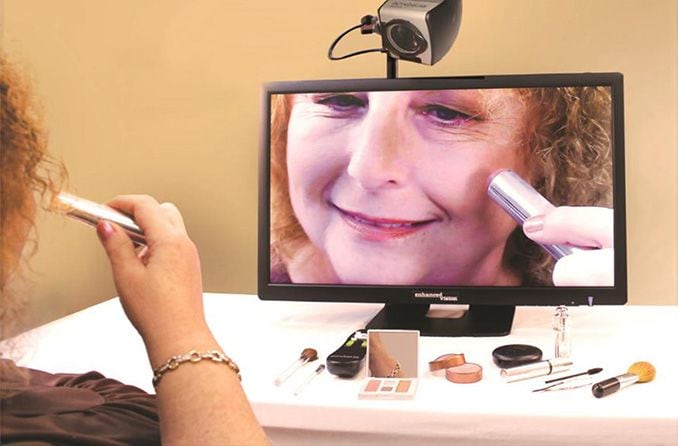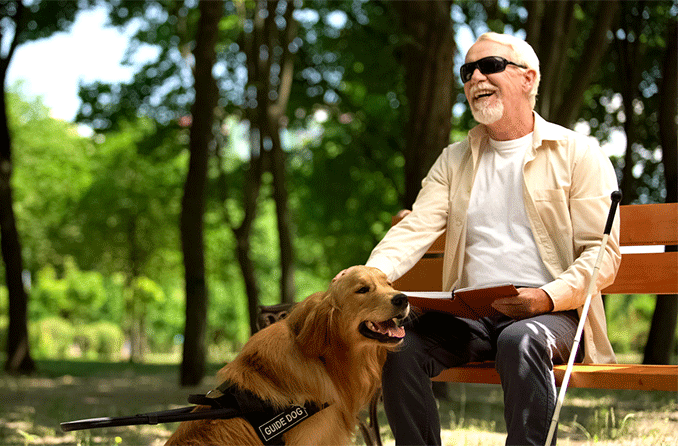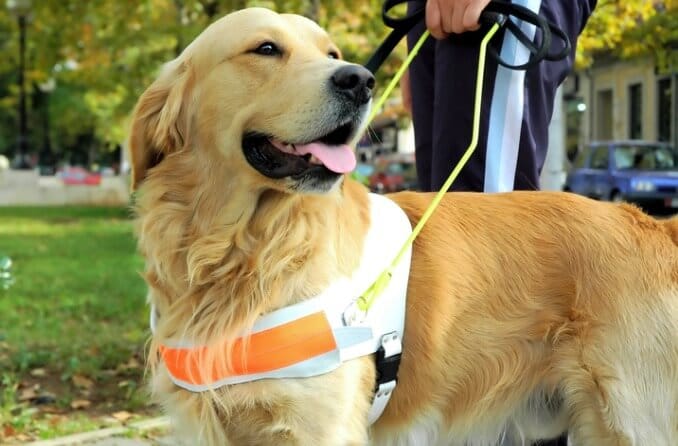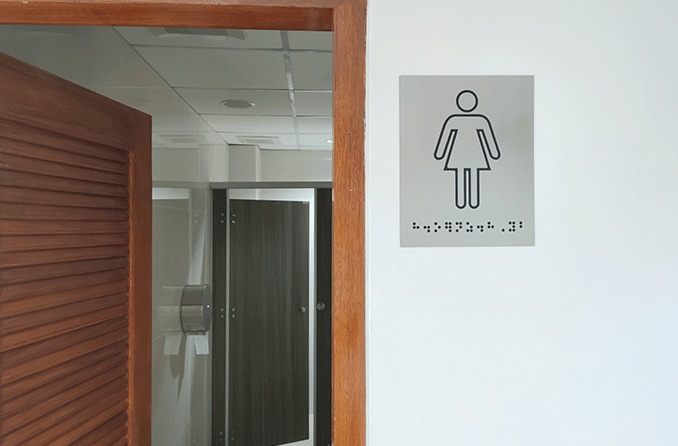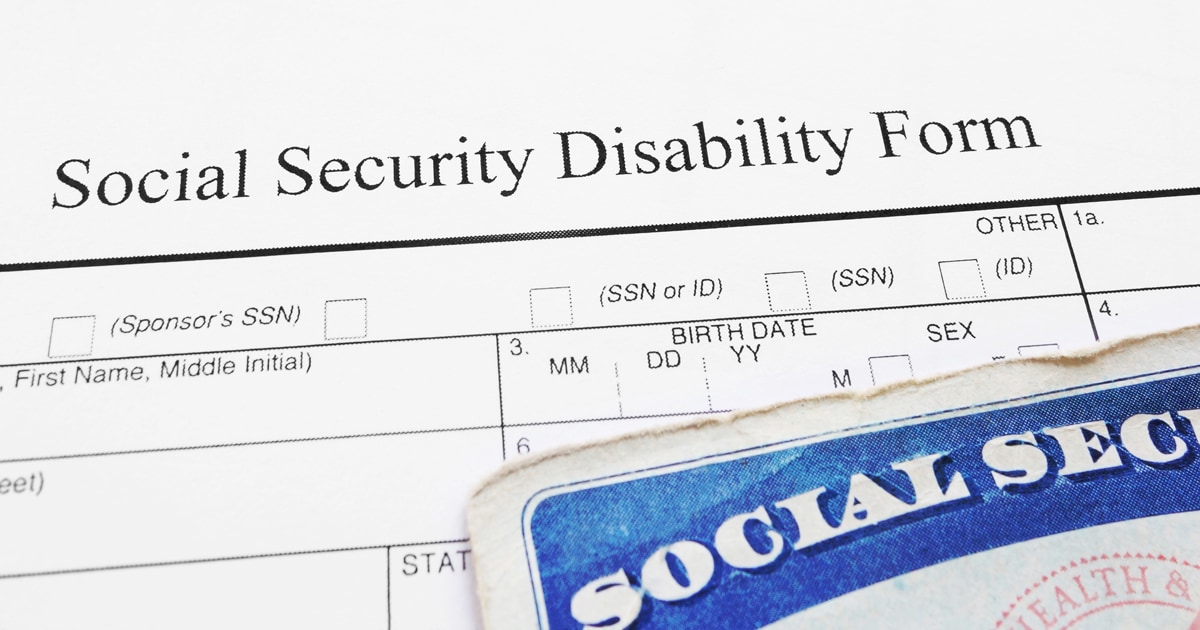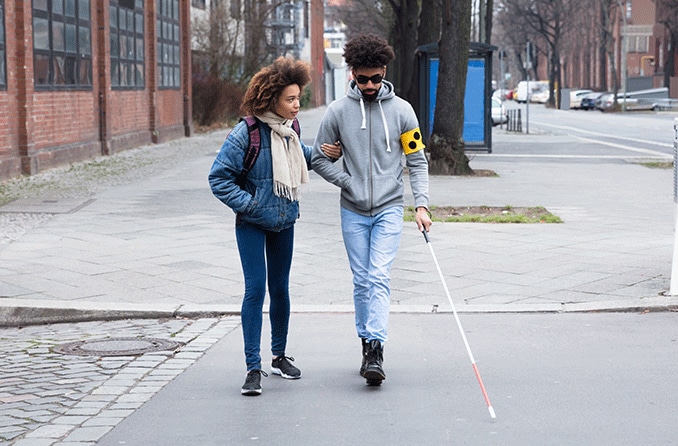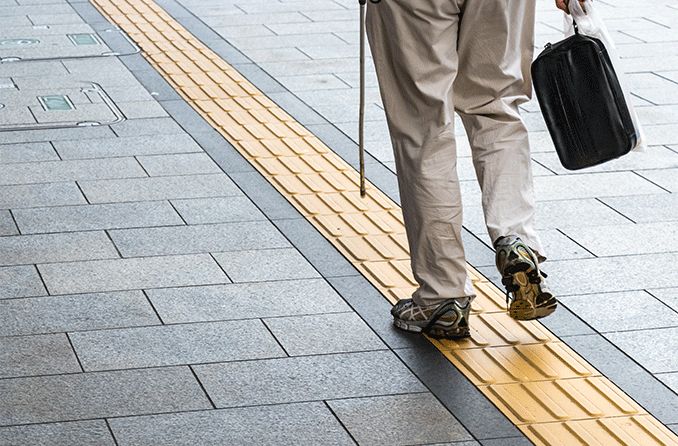Whether you’re helping somebody with low vision or blindness acquire disability benefits or applying on your own, you’ll need a lot of patience and determination.
There’s a ton of paperwork to plow through — and dozens of rules and regulations to follow. Don’t let these obstacles deter you. The American people approved these benefits and all Americans who qualify have a right to receive them.
Disability benefits help people cover the costs of declining vision and loss of eyesight. This guide will explain the steps required to qualify for these payments.
At the start of the process, you’re bound to have questions about applying for blindness benefits:
How much vision loss is required to qualify for disability benefits?
Which government-funded disability programs for the blind can I sign up for?
What’s the difference between Supplemental Security Income (SSI)and Social Security Disability Insurance (SSDI)?
How can I tell if I’m eligible for disability benefits?
Which documents do I need to gather to qualify?
How do I start applying for blindness disability benefits?
How much money will I get?
How long will it take for benefits payments to arrive?
How does having a job affect my benefits?
Let’s explore the answers to these questions.

